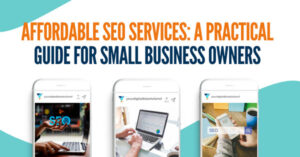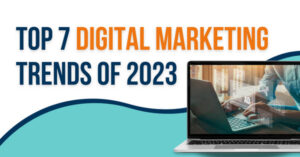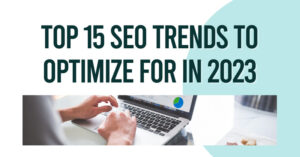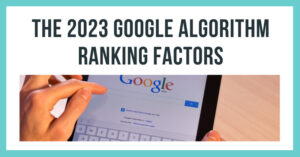A landing page is an excellent tool for increasing traffic, improving SEO, and building your brand. Creating a landing page seems to be a straightforward task, and in some cases, it is.
- Step by Step Guide in Designing Landing Page
- Find a Land Page Builder that suits your brand and style.
- Know your target market for each landing page.
- Establish your conversion objectives.
- Create an attractive landing page message.
- Create campaigns based on your landing pages.
- Select where to place your Call-to-Actions.
- CTAs should make use of the inverted pyramid technique.
- Choose your color scheme and fonts
- Make a headline for your landing page.
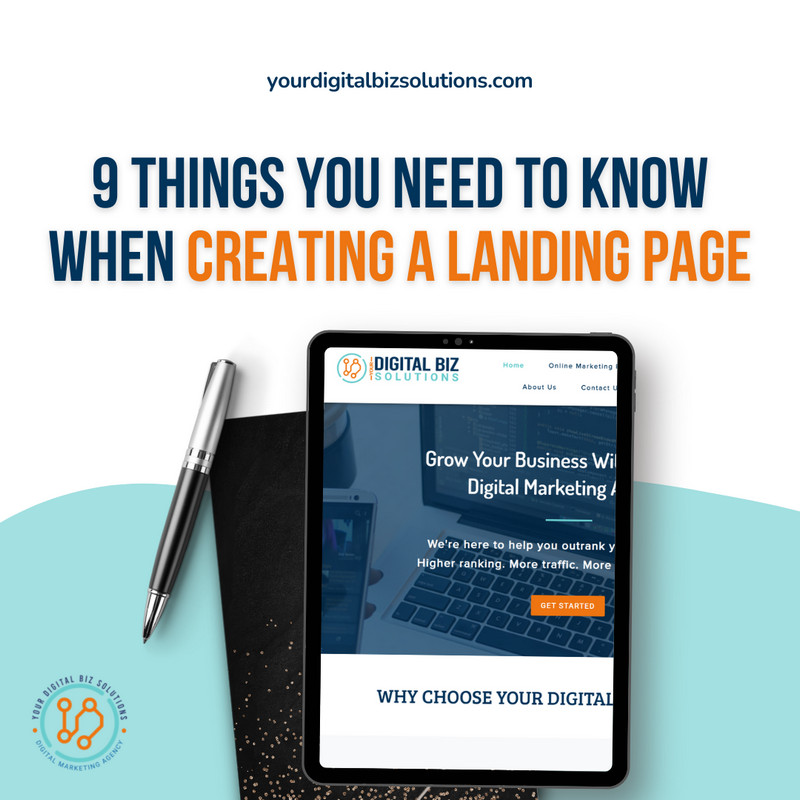
However, we want to emphasize that landing pages are critical for lead conversion because they serve as lead generation for inbound marketers.
Aside from being a source of lead generation, landing pages are also a place to keep your offers and build your website’s credibility. For this reason, your landing page should be straightforward and relatively concise.
Still, it must also be visually appealing, using design elements that encourage the viewer to go along a logical route with the ultimate aim of driving a call to action.
Learn the basics of creating a landing page with this article, and lead the users in the right direction without distraction. In this article, you will master the step-by-step guide to designing a landing page.
When designing a landing page, you will also get an edge over other competitors with the best practices to remember.
Step by Step Guide in Designing Landing Page
Learn how to build an effective landing page with the step-by-step guide we prepared for you. With the help of landing page builders, your job has become more straightforward and convenient.
1. Find a Land Page Builder that suits your brand and style.
To create effective landing pages, you should consider generating many of them. As a best practice, each distinct campaign objective should have its unique landing page, and you may even choose to design numerous landing pages for various target demographics.
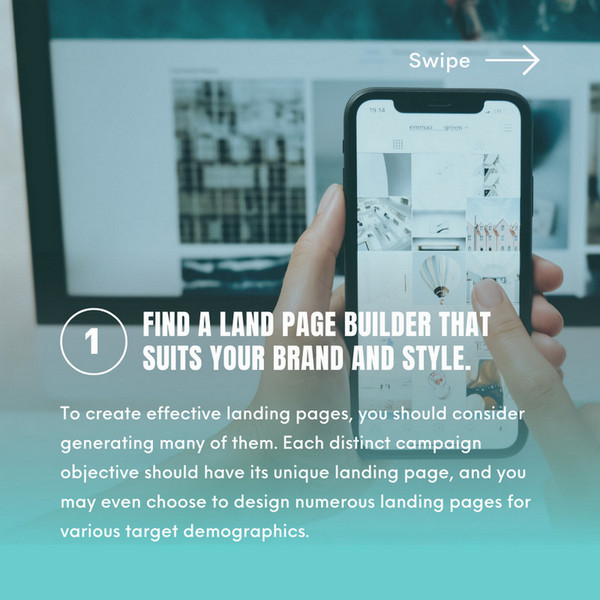
Creating and testing all of those landing pages will require some assistance. Several excellent landing page tools are available, such as Mailchimp, Unbounce, and Hubspot, which provide drag-and-drop page builders, allowing you to create landing pages quickly without having to start from scratch.
Several studies conducted by Preface Studios found that businesses with 30 or more landing pages create seven times more leads than those with less than 10. Companies with three times the number of landing pages produce seven times the number of leads.
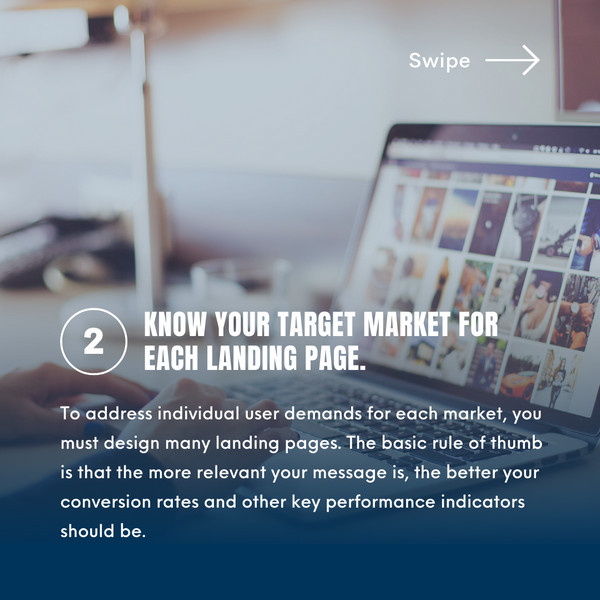
2. Know your target market for each landing page.
To address individual user demands for each market, you must design many landing pages.
The basic rule of thumb is that the more relevant your message is, the better your conversion rates and other key performance indicators should be.
Defining these target audiences allows you to determine their most important objectives when it comes to a product like yours and tailor your campaign messaging to meet those goals rather than targeting everyone with the same generic messages.
When it comes to landing page design, this is critical.
3. Establish your conversion objectives.
When creating a new landing page, the first thing you should figure out is your conversion objective.
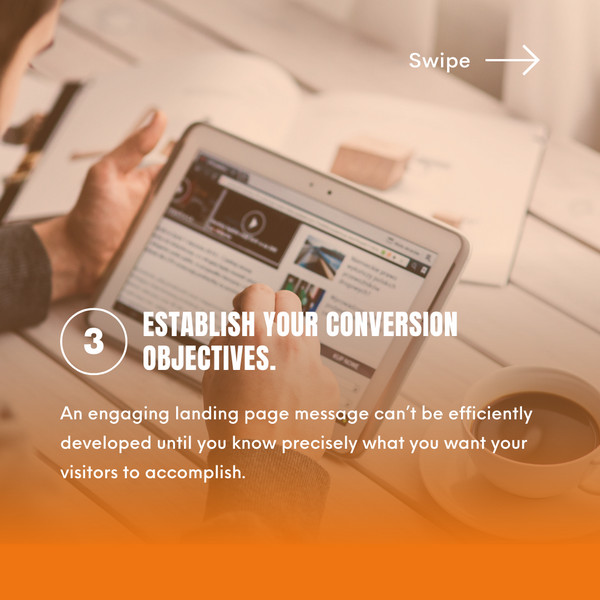
Are you encouraging customers to purchase, sign up for a free trial, download lead generation material, attend a webinar, subscribe to your email list, or complete another conversion goal?
An engaging landing page message can’t be efficiently developed until you know precisely what you want your visitors to accomplish.
So, set your conversion objective as soon as you begin developing a new landing page, and keep it in the forefront of your mind with every design decision you make.
Identifying your main conversion objectives and making them the main focus of your landing page is the key to success. Your main conversion objective should take up most of the page and demand around 90% of the user’s attention.
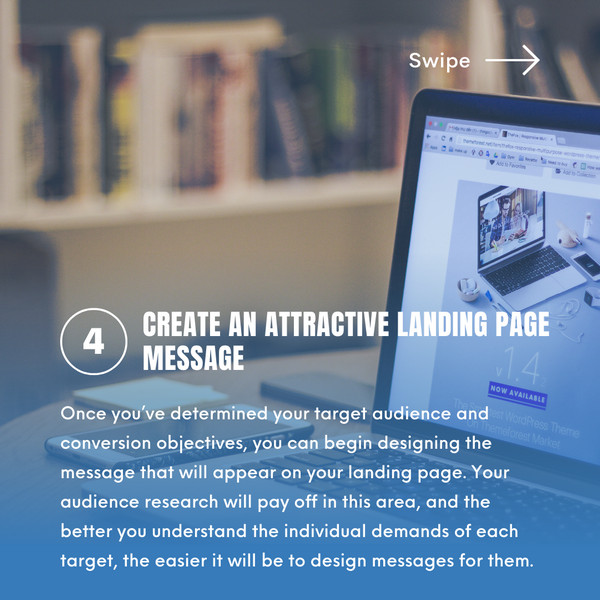
4. Create an attractive landing page message.
Once you’ve determined your target audience and conversion objectives, you can begin designing the message that will appear on your landing page.
Your audience research will pay off in this area, and the better you understand the individual demands of each target, the easier it will be to design messages for them.
It would be best to focus all of your efforts on the most critical selling point you are aiming to leverage.
The key here is to condense all of this information into a single headline that will resonate with your target audience and act as a foundation for the rest of the content on your landing page.
Following that, you’ll have a good landing page title and a solid framework for your hero section message, which you may tweak as required.
This fundamental message will focus on all of your PPC ads, organic result snippets, and social media posts – in other words, everything that leads people to your landing page.
5. Create campaigns based on your landing pages.
Use landing pages as the foundation of your campaigns because the message and selling points you convey on these pages need to be communicated at every campaign stage – from keyword research to ad/post copy and the targeting options you employ to get your message seen by the appropriate audience.
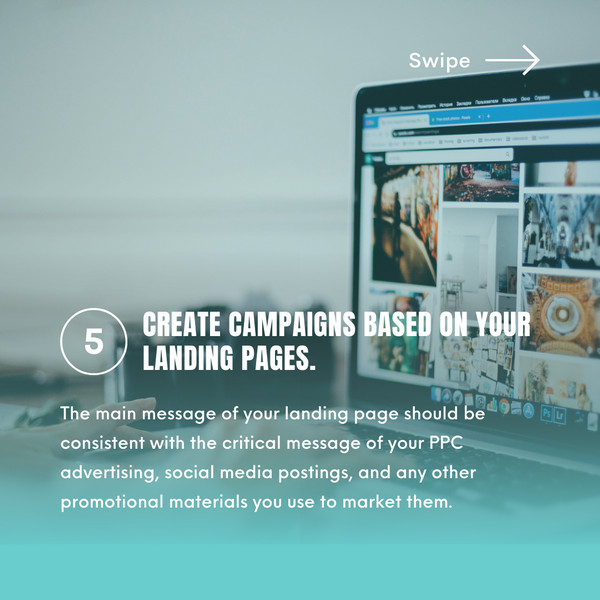
The main message of your landing page should be consistent with the critical message of your PPC advertising, social media postings, and any other promotional materials you use to market them.
So, this message will serve as the foundation for all of your efforts, which will center around each landing page.
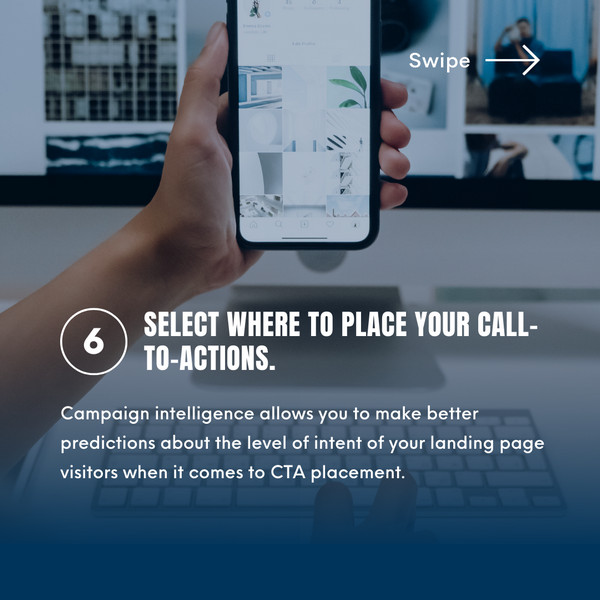
6. Select where to place your Call-to-Actions.
The location of the call-to-action button (CTA) is one of the most critical choices you’ll make with each landing page, and it will differ from one page to the next.
Aside from that, you’ll want to explore positioning, trying out several options to discover which approach works best for you.
A CTA’s placement can be divided into two categories: above the fold for high-intent visitors who don’t need any more persuasion to convert and below the fold for users who want further information before deciding.
The advantageous landing page location is determined by the level of user intent when they arrive on your page.
Campaign intelligence allows you to make better predictions about the level of intent of your landing page visitors when it comes to CTA placement.
So, include a second CTA at the bottom of your landing page, encouraging visitors to complete your second Conversion if they aren’t ready to purchase your first one yet.
7. CTAs should make use of the inverted pyramid technique.
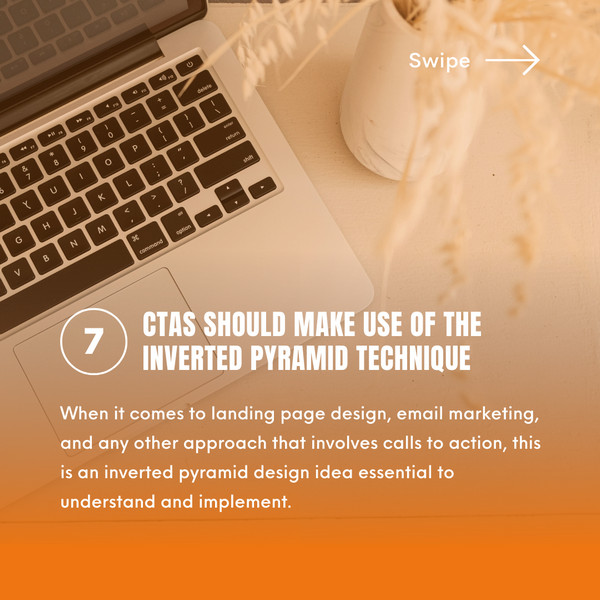
When it comes to landing page design, email marketing, and any other approach that involves calls to action, this is an inverted pyramid design idea essential to understand and implement.
Aside from utilizing this to make your CTA more prominent, you’ll want to make sure you’re not mistakenly using this method in the incorrect places to make less essential pieces stand out more than they should be.
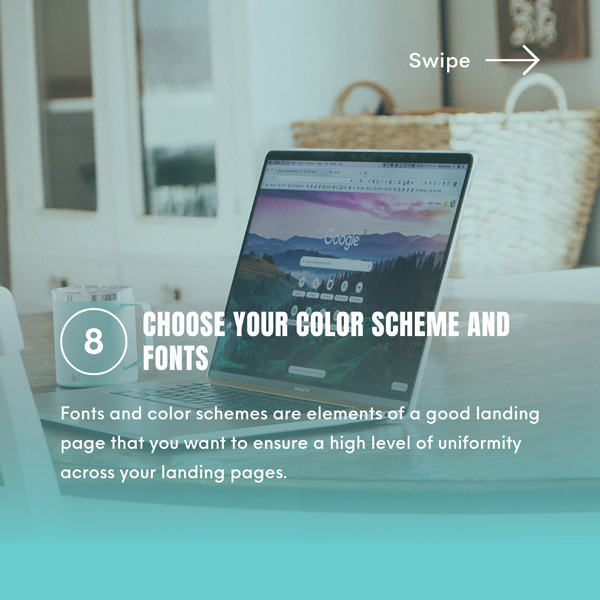
8. Choose your color scheme and fonts
Fonts and color schemes are elements of a good landing page that you want to ensure a high level of uniformity across your landing pages.
When creating new landing pages, you shouldn’t have to worry about picking colors and fonts since most of these options will be integrated into your designs.
To get started, you’ll want to create a base color scheme that incorporates your brand colors, establishes tones and styles, and compiles a palette that includes background and highlight colors and font colors, CTA buttons, and other essential components of your page design.
In creating new landing pages, keep in mind that you shouldn’t have to make any decisions; these colors and fonts should be assigned to the required components as you add content.
9. Make a headline for your landing page.
The title of your landing page should summarize your whole offer and primary selling point. This isn’t a simple process, but it’s where your audience research will pay off, and segmenting your efforts to target niche demographics will also assist.
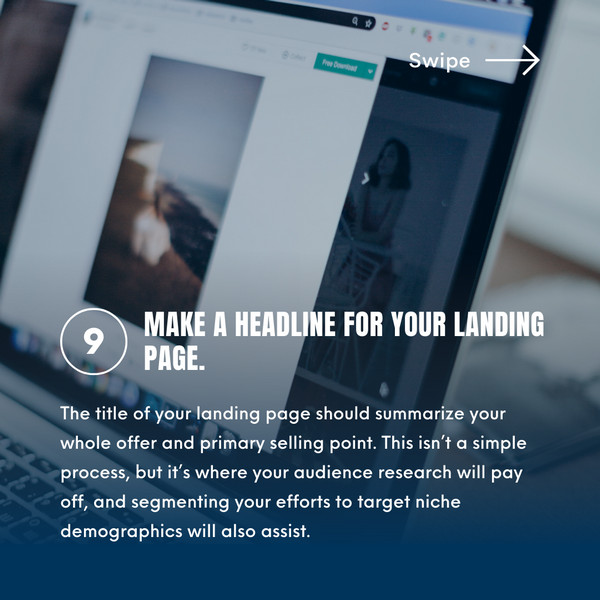
The headlines on your landing pages should be almost similar to the headlines in your ads, search listings, or social postings that led consumers to your site in the first place.
If you want to produce high-converting landing pages, start by understanding the process of crafting headlines. Doing this covers so many of the essential bases that things will start falling into place across the remainder of the page.
Best Practices to Remember When Designing a Landing Page
Some of you may believe that the only way to acquire excellent results is to get professional help from a web designer.
However, there are tools to help you create and publish landing pages; follow the step-by-step guide. What’s even better? The final version may seem just as professional as if it were created by a professional.
1. Incorporate clear calls to action into your landing page's design.
The call-to-actions (CTAs) are the most significant components of your landing page. If you want to make a solid call to action, everything on your page, from the headline and body text to visuals and general layout, should work together to support it. This will help guarantee that your call to action is successful.
Maintain clarity in your call-to-action and ensure that customers understand what they need to do when they click on it.
Some examples of this call-to-action that you should try are: buy now, sign up, and book an appointment. However, these calls to action should depend on what type of business you are in.
Avoid using generic call-to-actions (CTAs) such as “Subscribe” that don’t advise consumers what to do next.
2. The forms in your landing pages should be simple and straightforward
Ensure that any forms on your website only ask for information that is essential before submitting them.
Assuming you’re trying to get individuals to sign up for an email newsletter, be certain that all you’re asking for is their name and email address. If you don’t, they could conclude that you’re requesting excessive information. Make things as straightforward as possible.
If you’re asking them to make a purchase from you, you should ask them for their payment and shipping information and include a confirmation screen before they complete their transaction.
Wait until after they’ve placed their order before contacting them for further information.
When you ask a user for too much information too soon, the probability that they will undertake the action you want them to complete diminishes.
3. The Copy in your Landing Page must be short and concise
Creative twists of words should be reserved for your blog. The language on a landing page should be concise, simple to read, and show a definitive statement. To make text simpler to read, use bullet points, headers, and strong font to break it up.
Since they’ve clicked through from a PPC ad or email, it’s reasonable to presume that the majority of people who reach your landing page are already interested in what you have to say.
However, just because people are interested when they first come does not imply that they will remain engaged if you do not get to the point quickly and effectively.
On your landing page, every single line and word should have a specific purpose, and that goal should be to assist your call to action in some way. If it fails to do so, it should be removed.
4. Keep Important Information Above the Fold on Your Landing Pages
Your call to action should be located towards the top of the page, so that it can be reached without the need to scroll down the page. This does not rule out the chance that your visitors may continue to scroll down the page searching for more information.
Most of your visitors should be ready to make a purchase as soon as they arrive on your landing page, if not all of your visitors.
Why? Because they were previously persuaded by the email or link that sent them to your landing page, or because this isn’t their first visit to one of your landing pages.
5. Maintain Consistency in the Look and Design of Your Landing Pages with Your Campaign/Ads
You should make sure that the landing page matches the look and feel of the ad or email that directed visitors to it if your page is connected to an email campaign or a PPC campaign.
Your visitors may be confused as to whether or not they have arrived at the correct website depending on how dissimilar the styles of the two websites are. Using the fonts, graphics, and colors from your campaign and moving them to your landing page is the most simplest and straightforward method of doing this. This is particularly crucial in the case of sponsored ads, since it has the potential to improve your quality score.
6. Determine which landing page design is the most effective.
It takes a lot of trial and error to get the most successful landing page design. A/B testing is creating two alternative landing pages and just tweaking one element to determine which one performs the best.
You might, for example, compare two photos, colors, or CTAs to discover which one generates the most conversions. Always test one variation at a time; changing five components at once will make it impossible to tell which affected the conversions.
7. Landing pages with few images and large font are more effective for Conversion
Make an effort to utilize no more than one or two photos. Visual clutter takes the viewer’s attention away from the message and call to action.
Increasing the text size is also a smart idea since it helps visitors’ eyes stay focused on what is important and reduces eye strain. To avoid being screamed at, don’t go crazy and use a headline-size font for everything.
The optimal line length for copy readability is 39 characters, so make sure your font (and column width) are both large enough to accommodate this length.
Best Software to Create a Landing Page
Instead of spending so much time learning how to code in order to create an excellent landing page, save up your time and explore these readily available landing page builders.
We listed some of the top choices of landing pages that you should also try in your business!
MailChimp
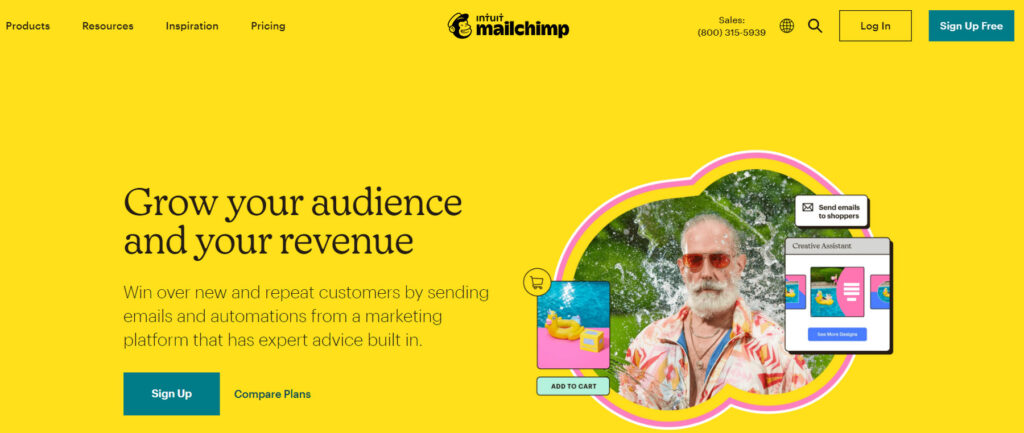
Although MailChimp is most recognized for its email marketing capabilities, it also has a landing page builder. Templates, landing page analytics (such as traffic, clicks, and conversions), forms, and testing tools are just a few of the features it offers to its users.
Mailchimp landing pages may boost the growth of your audience as well as the promotion of goods and services.
With Mailchimp, landing pages are made convenient to share on the web or in other Mailchimp campaigns, this feature allows users to start to drive traffic as soon as possible.
Mailchimp offers infinite landing pages for free, which is an excellent feature. A subscription plan, which begins at $11 per month, is required to access branding-free pages and extra services.
Hubspot
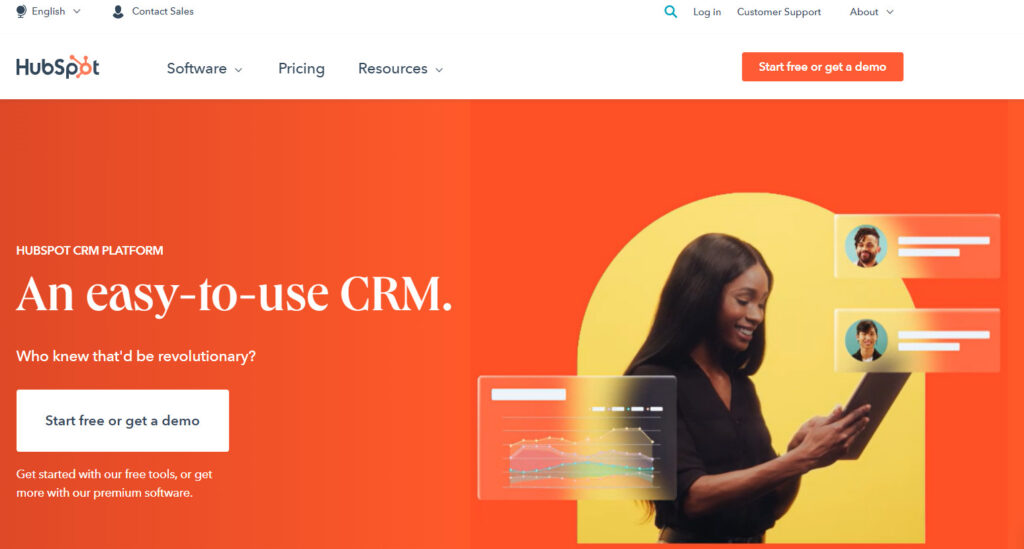
A free landing page tool is available from Hubspot. A collection of mobile-friendly templates, drag-and-drop editors, forms, and lots of customization choices are among the features it offers.
Hubspot also has built in personalization tools, so audiences would feel that you are directly speaking to them.
The free version of Hubspot only offers a limited set of functions. The number of landing pages with Hubspot branding is limited to 20, and you cannot use a custom domain name.
You’ll have to pay for Hubspot if you want to make use of features such as dynamic content, testing, and optimization capabilities. Plan prices begin at $45 per month for paid plans.
Swipe Pages
Using Swipe Pages, you can quickly and easily build high-converting landing pages. In contrast to other landing page generation tools, Swipe Pages only focuses on creating the finest landing pages.
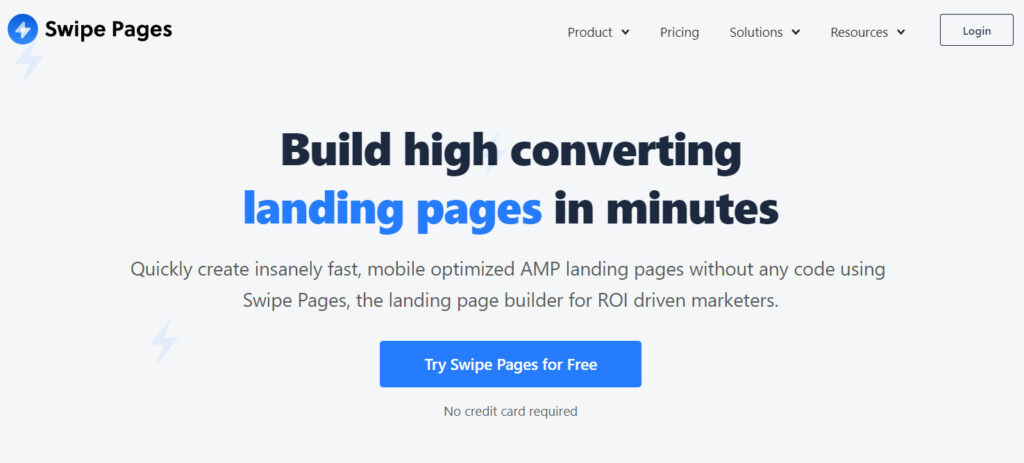
The software has many templates, a drag and drops editor, a countdown timer, and the ability to add features like forms, carousels, price tables, and more—all without the need for any programming knowledge.
You may also use A/B testing capabilities, dynamic text features, and quicker loading times to give yourself an advantage over your competitors.
LeadPages
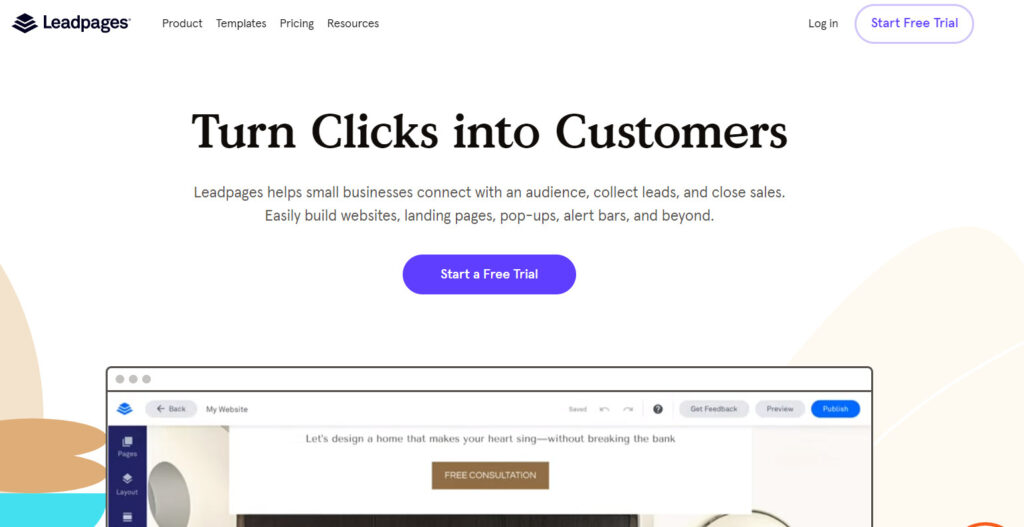
Aside from a library of over 200 mobile-responsive designs, Leadpages also includes a powerful A/B testing tool, reservation and calendar widgets, and many more features.
Leadpages allows you to easily incorporate your chosen email marketing service into your landing page without the need for a developer’s assistance. Furthermore, it is far more reasonable, with a $27/month starting price.
Unbounce
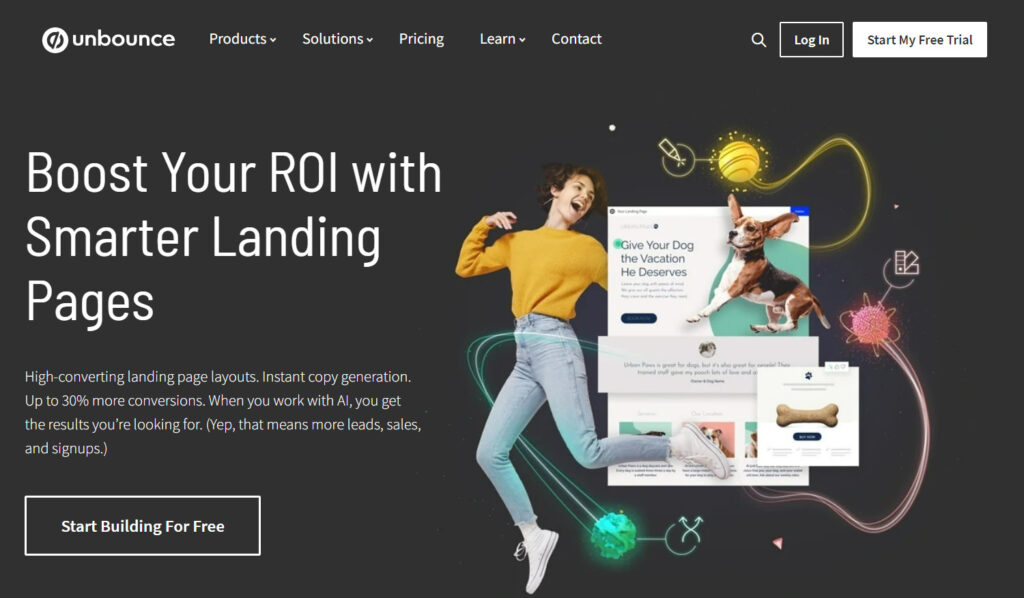
It is well-known as a landing page builder, and Unbounce is no exception. So much so that it has earned the confidence of over 15,000 companies.
It also claims to assist you in creating optimal landing pages that will attract new leads and turn them into paying customers, just like Unbounce did for those other firms.
It includes features like completely configurable and mobile-responsive themes, A/B testing, and a drag-and-drop editor, among others, to make your website stand out.
Unbounce does not need coding knowledge. However, it does support JavaScript and CSS for those that require it. Dynamic keyword insertion to improve landing pages for search engine marketing (SEM) and third-party marketing tool integration are some significant features it offers to its users.
Conclusion
This article has covered the step-by-step guide to creating an effective landing page and the best practices you should observe in designing your landing pages. The best landing pages are also highlighted to give you the best options.
As a result, anybody can use this guide to create and improve a conversion-focused landing page. You don’t need to be a software developer or a professional marketer to create a landing page.
All that remains is to put it all into practice and begin developing landing pages that convert immediately and continue to learn more about landing pages.

Bea Manzano
Bea have always been passionate about writing even at a young age. What started out as a hobby soon became her career. She has written blogs and articles for different industries such as Real Estate, Lumber Companies, Home Decors, Cat Hotels, Travel Industry, and many more. When she's not writing, you can find her either at home watching her favorite TV series while sipping milk tea or outdoors going on roadtrips with her family.

